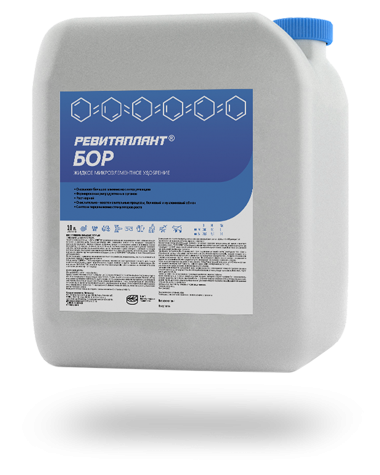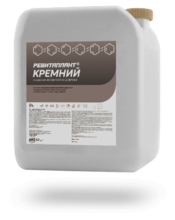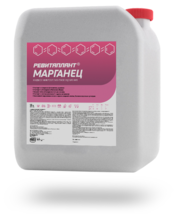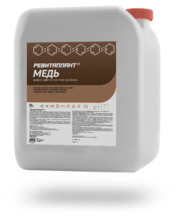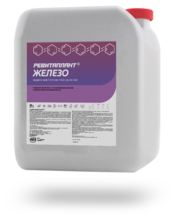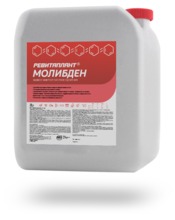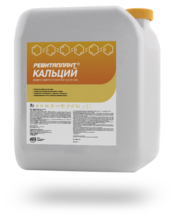Ingredients
Active ingredient content by molecular weight, g/l
Goals / Purpose
| Crop | Input rate | Input stage | Remarks | |
|---|---|---|---|---|
| Crop: | Input rate: 0,5–1 l/ha | Input stage: Vine formation start | Remarks: Stimulation of growth and fruit formation | Details |
| Crop: | Input rate: 0,5–1 l/ha | Input stage: Fruit growth | Remarks: Stimulation of growth and fruit formation | Details |
| Crop: | Input rate: 0,5–1 l/ha | Input stage: 2nd tier leaves – flowering start | Remarks: Stimulation of flowering and pod formation | Details |
| Crop: | Input rate: 0,5–1 l/ha | Input stage: Pod formation end | Remarks: Oil formation stimulation | Details |
| Crop: | Input rate: 0,5–1 l/ha | Input stage: Before flowering – berry formation | Remarks: Fruit setting stimulation and berry falling prevention | Details |
| Crop: | Input rate: 0,5–1 l/ha | Input stage: After harvesting | Remarks: Increase in vine winter resistance | Details |
| Crop: | Input rate: 0,5–1 l/ha | Input stage: 1st pair of real leaves - flowering | Remarks: Stimulation of flowering and ear graining capacity | Details |
| Crop: | Input rate: 0,5–1 l/ha | Input stage: Fruit formation – Milky ripeness | Remarks: A better grain unit | Details |
| Crop: | Input rate: 0,5–1 l/ha | Input stage: 10-15 cm sprouts | Remarks: Stimulation of growth and tuber formation | Details |
| Crop: | Input rate: 0,5–1 l/ha | Input stage: Blossoming | Remarks: Stimulation of growth and tuber formation | Details |
| Crop: | Input rate: 0,5–1 l/ha | Input stage: 6 leaves – bulb growth | Remarks: Stimulation of growth and tuber formation | Details |
| Crop: | Input rate: 0,5–1 l/ha | Input stage: Winter-sown cereals: Booting stage - earing | Remarks: Stimulation of blossoming and ear graining capacity | Details |
| Crop: | Input rate: 0,5–1 l/ha | Input stage: Winter cereals: 10-15 days after blossoming – milky stage | Remarks: Better quality parameters of cereals | Details |
| Crop: | Input rate: 0,5–1 l/ha | Input stage: 6-8 leaf pairs – sunflower bud formation | Remarks: Stimulation of growth and bud formation, pollination and fertilization of achenes, boosting immunity to disease and rotting | Details |
| Crop: | Input rate: 0,5–1 l/ha | Input stage: Rosette formation | Remarks: Carbohydrate synthesis stimulation before winter | Details |
| Crop: | Input rate: 0,5–1 l/ha | Input stage: Budding – Blossoming start | Remarks: Oil formation stimulation | Details |
| Crop: | Input rate: 0,5–1 l/ha | Input stage: Booting stage - tasseling | Remarks: Stimulation of flowering and seed formation | Details |
| Crop: | Input rate: 0,5–1 l/ha | Input stage: Milky stage | Remarks: Grain unit increase | Details |
| Crop: | Input rate: 0,5–1 l/ha | Input stage: 3–4 real leaves | Remarks: Plant resistivity to fungal diseases and viruses | Details |
| Crop: | Input rate: 0,5–1 l/ha | Input stage: 6 real leaves – 50% closing of crop | Remarks: Remedy for boron deficit, tuber cracking | Details |
| Crop: | Input rate: 0,5–1 l/ha | Input stage: Spring-sown cereals: Booting stage - earing | Remarks: Promotes growth and yield. Stimulates blossoming | Details |
| Crop: | Input rate: 0,5–1 l/ha | Input stage: Spring-sown cereals: Milky stage | Remarks: Grain unit increase | Details |
Description
Boron has a great influence on the synthesis of carbohydrates, their conversion and movement in plants, the formation of reproductive organs, fertilization, root growth, redox processes, protein and nucleic acid metabolism, on the synthesis and transfer of growth stimulants.
Available boron also accounts for enzyme activity, osmotic processes and hydration of plasma colloids, drought and salt tolerance of plants, and the vitamin content in plants: ascorbic acid, thiamine, riboflavin. Boron absorption increases the plant intake of other nutrients. This nutrient is able to move from old plant tissues to young ones.
You don’t want to wait for the appearance of obvious signs of starvation in plants. It is always better to carry out preventive spraying of plants, which will help avoid the appearance of irreversible phenomena of plant starvation. Boron is essential for the meristem development. Characteristic signs of boron deficiency are the death of growth points, shoots and roots, problematic formation and development of reproductive organs and the destruction of vascular tissue.
